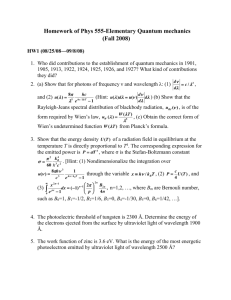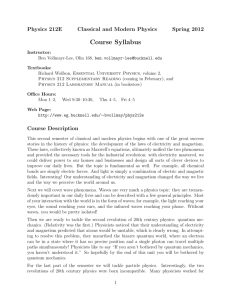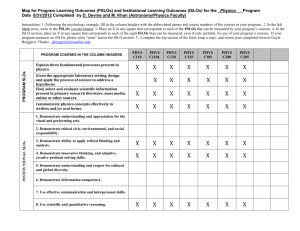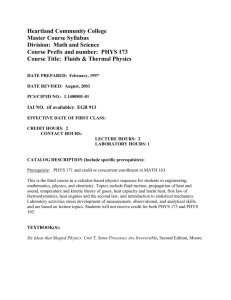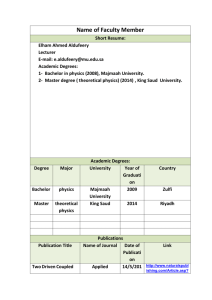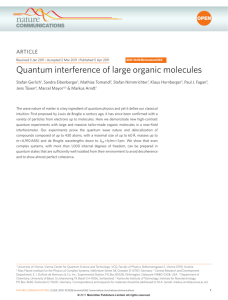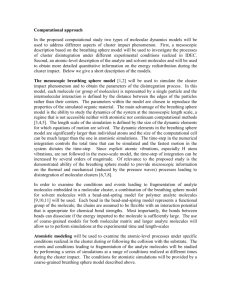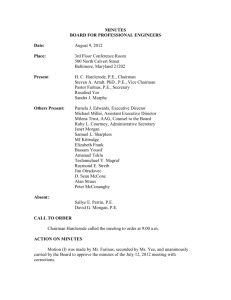Sandra Eibenberger
advertisement
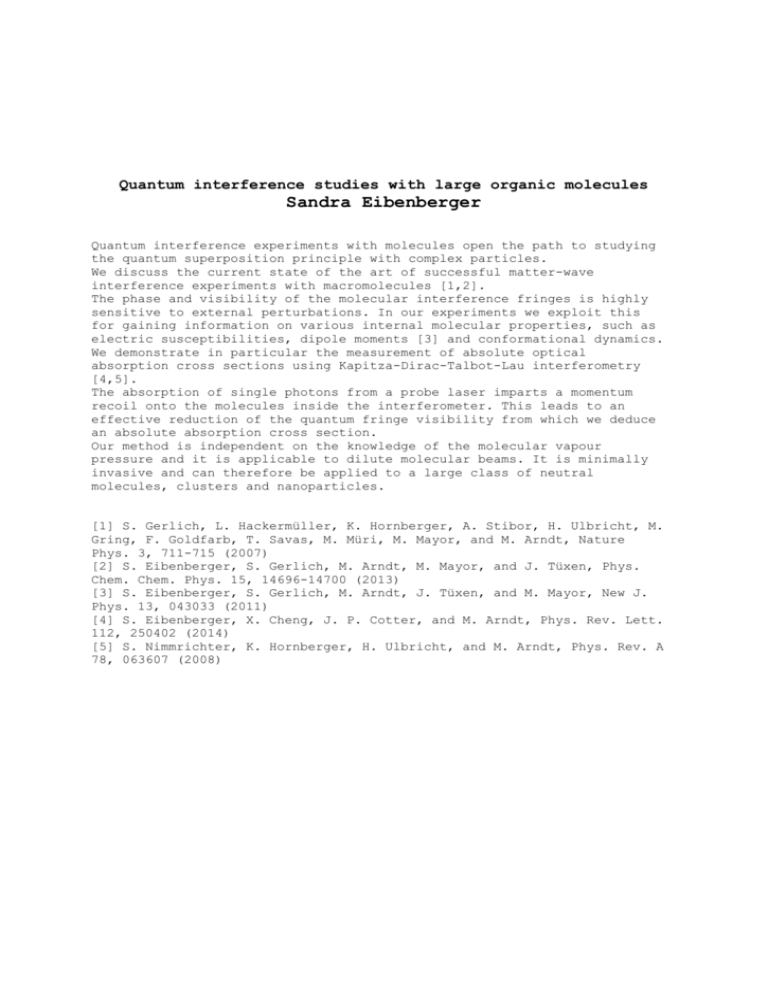
Quantum interference studies with large organic molecules Sandra Eibenberger Quantum interference experiments with molecules open the path to studying the quantum superposition principle with complex particles. We discuss the current state of the art of successful matter-wave interference experiments with macromolecules [1,2]. The phase and visibility of the molecular interference fringes is highly sensitive to external perturbations. In our experiments we exploit this for gaining information on various internal molecular properties, such as electric susceptibilities, dipole moments [3] and conformational dynamics. We demonstrate in particular the measurement of absolute optical absorption cross sections using Kapitza-Dirac-Talbot-Lau interferometry [4,5]. The absorption of single photons from a probe laser imparts a momentum recoil onto the molecules inside the interferometer. This leads to an effective reduction of the quantum fringe visibility from which we deduce an absolute absorption cross section. Our method is independent on the knowledge of the molecular vapour pressure and it is applicable to dilute molecular beams. It is minimally invasive and can therefore be applied to a large class of neutral molecules, clusters and nanoparticles. [1] S. Gerlich, L. Hackermüller, K. Hornberger, A. Stibor, H. Ulbricht, M. Gring, F. Goldfarb, T. Savas, M. Müri, M. Mayor, and M. Arndt, Nature Phys. 3, 711-715 (2007) [2] S. Eibenberger, S. Gerlich, M. Arndt, M. Mayor, and J. Tüxen, Phys. Chem. Chem. Phys. 15, 14696-14700 (2013) [3] S. Eibenberger, S. Gerlich, M. Arndt, J. Tüxen, and M. Mayor, New J. Phys. 13, 043033 (2011) [4] S. Eibenberger, X. Cheng, J. P. Cotter, and M. Arndt, Phys. Rev. Lett. 112, 250402 (2014) [5] S. Nimmrichter, K. Hornberger, H. Ulbricht, and M. Arndt, Phys. Rev. A 78, 063607 (2008)
![[1]. In a second set of experiments we made use of an](http://s3.studylib.net/store/data/006848904_1-d28947f67e826ba748445eb0aaff5818-300x300.png)


